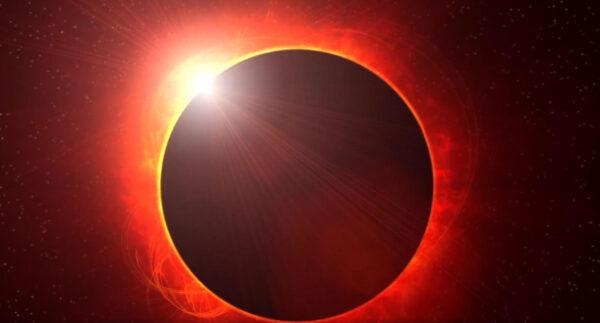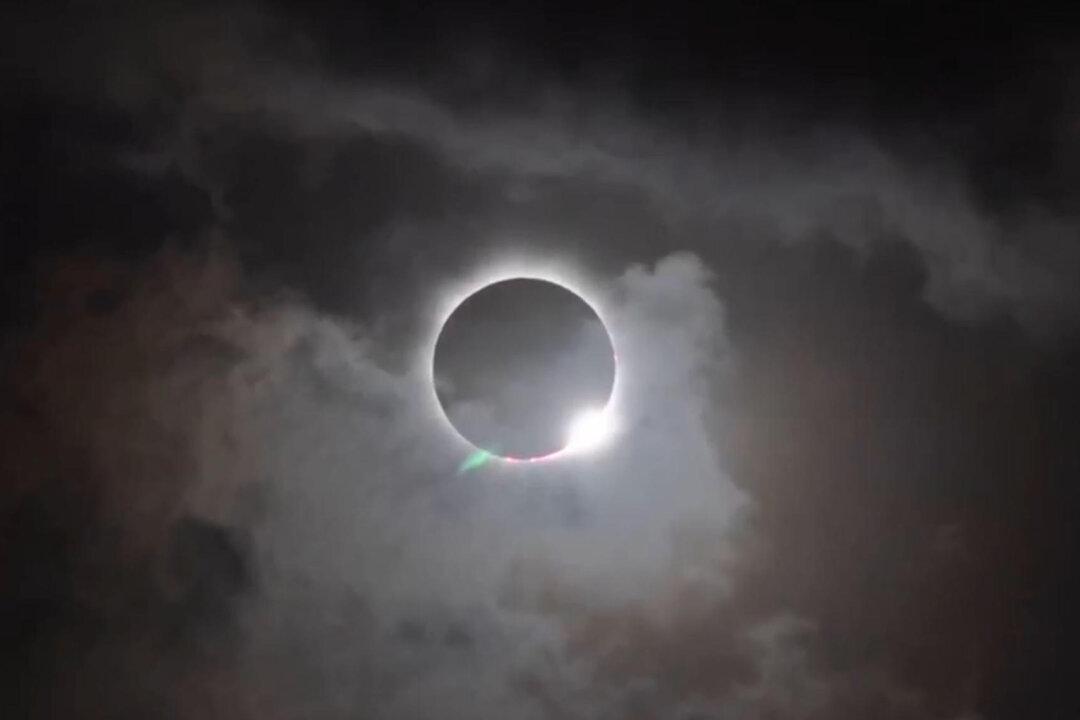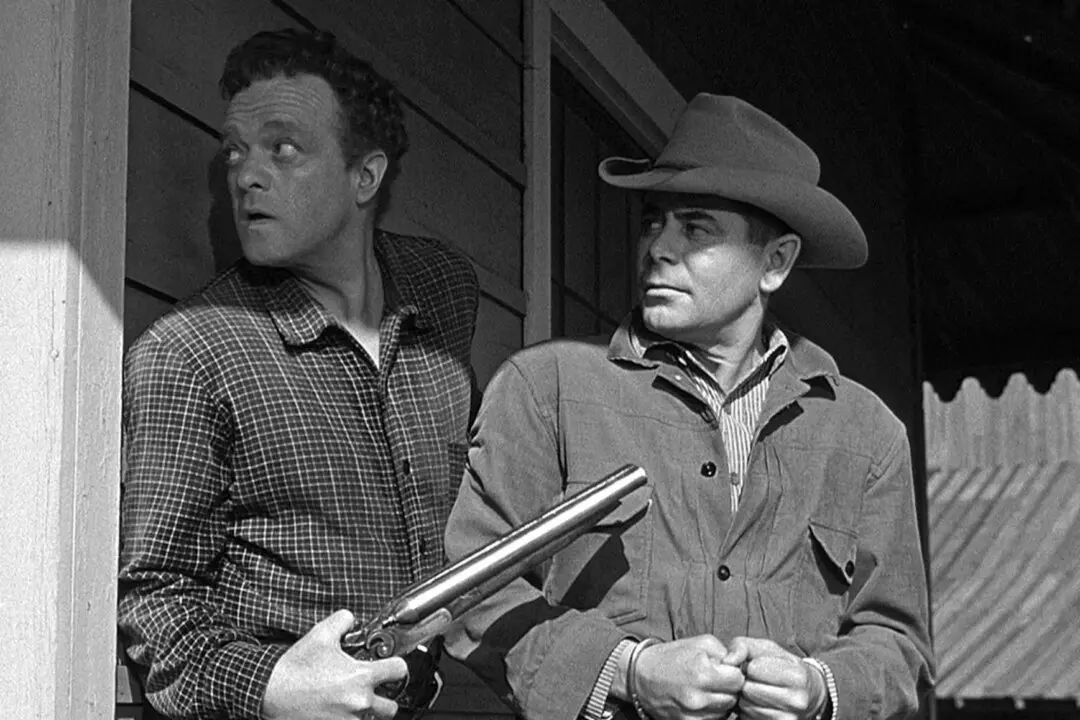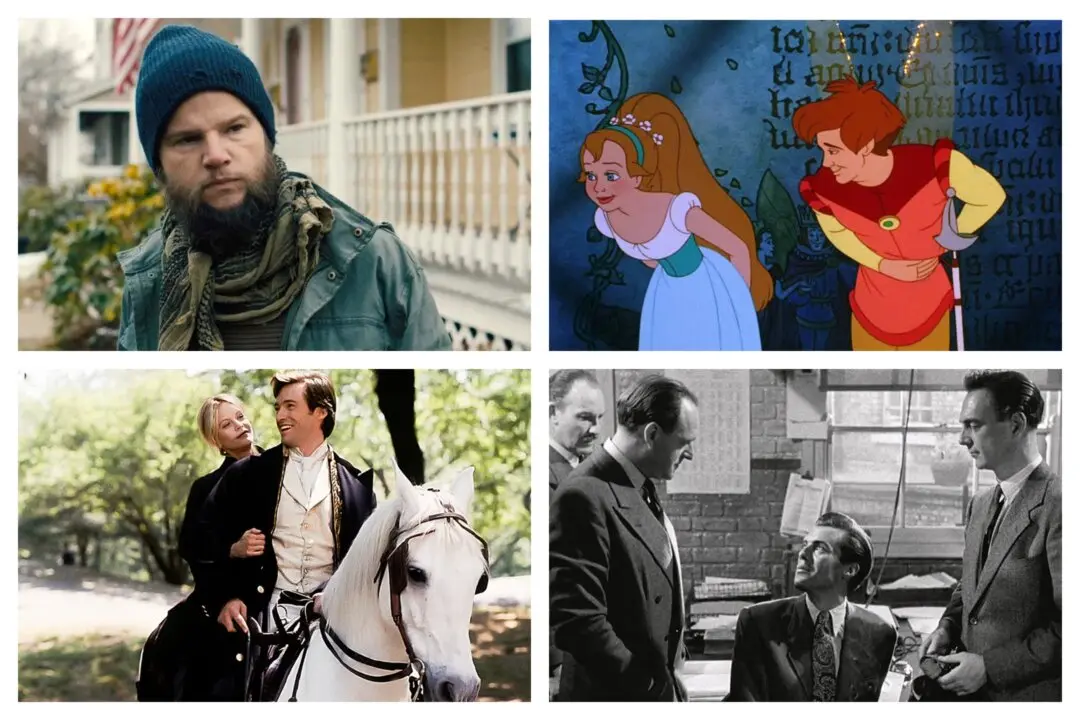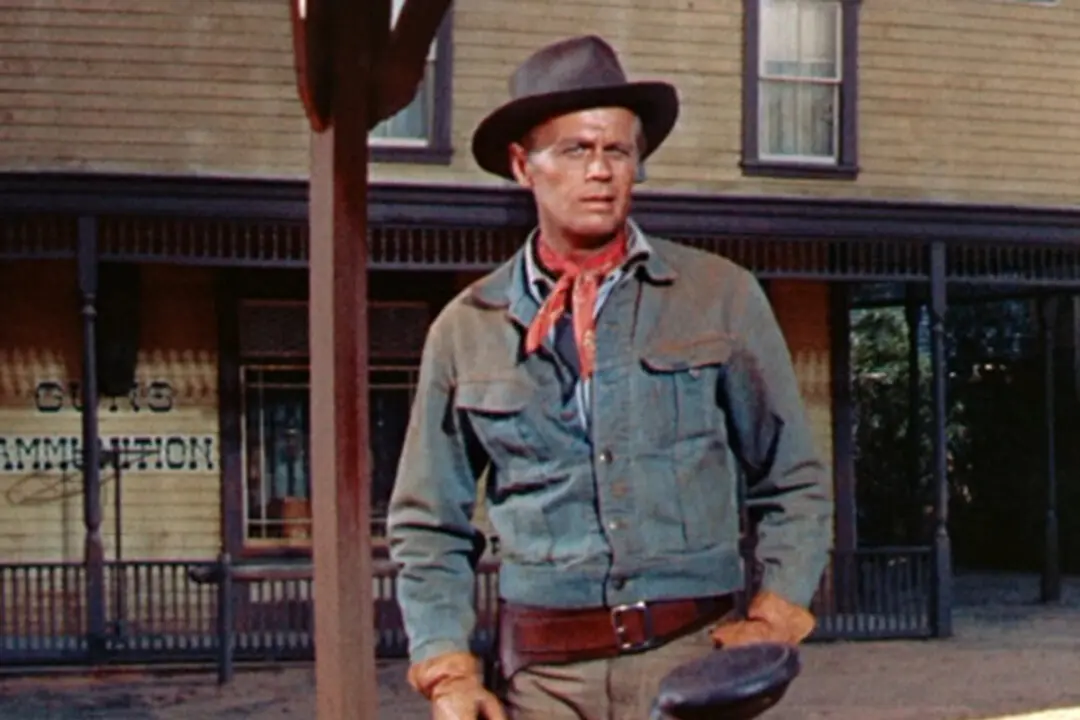On Monday, Aug. 21, 2017, millions of people were staring at a magnificent sight—one of the rare solar eclipses that grace our planet once in a while. Of course, that feat alone (looking safely at an eclipse) wouldn’t be possible without wearing those iconic glasses that we’re probably all familiar with by now—you know, the thin ones with the blocky horizontal rims.
This particular eclipse followed a specific path—a “path of totality” if you will, which was a narrow portion of the United States that led from Salem, Oregon, and moved southeast across the United States down to Charleston, South Carolina. From there, it disappeared off into the vast environs of the Atlantic Ocean.
But there was also a secondary prize available for those who couldn’t get to the direct path of totality—where observers will see the Moon completely cover the sun for about two and a half minutes. A partial sighting of the Aug. 21 eclipse was visible across the entire continent of North America, as well as in parts of Europe, South America, and Africa.
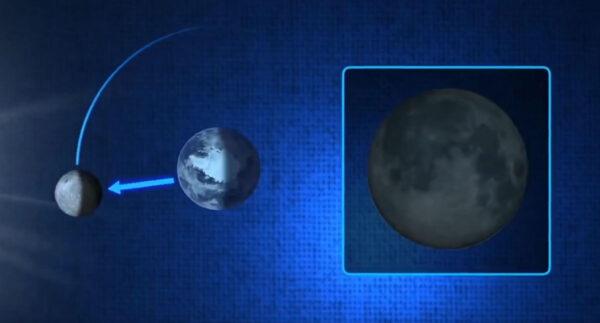
That was a special day because it was the first time since way back in 1918 that North America got the chance to experience the path of totality from coast to coast. It’s something most of us will most likely never see again.
As Kyle points out early on in the episode, both men brought their families along to shoot the show on location “just north of Salem, Oregon, on a hazelnut farm.” It’s a beautiful locale that provides a consistently lush and verdant backdrop throughout the entire video.
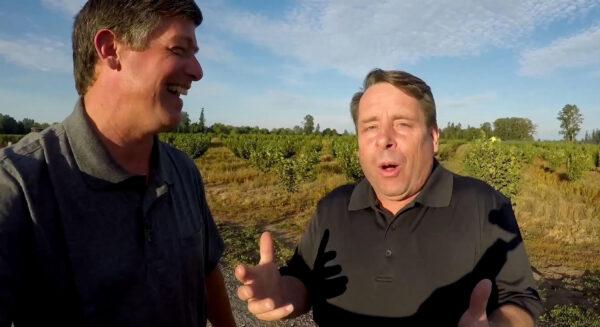
I’ve often wondered how we humans are able to even know when these grand events are going to transpire in the first place. Fortunately, at one point Roy asks Dr. Faulkner how people here on Earth are able to predict the arrival of eclipses so far in advance—timescale-wise.
“You were just showing us all of the mathematics involved in this, Dr. Faulkner…we’re able to predict eclipses way out, before they happen,” Roy says. “Why can we predict things like that?”
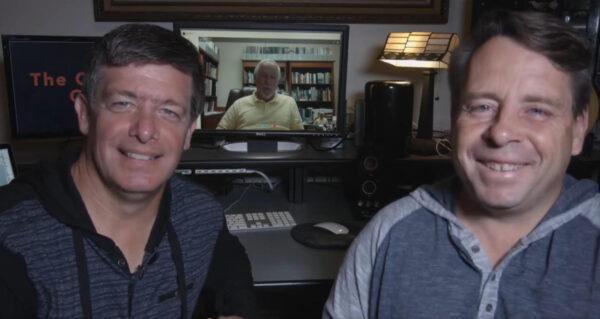
Of course, through modern technology we can look far back in time to see exactly when eclipses have occurred. We can also figure out the distance between the Earth, the sun, and moon, down to the minutest of measurements. For example, the moon is slowly spinning away from the Earth at a rate of three centimeters per year, as Dr. Faulkner points out.
The show also has some humorous and entertaining moments, such as when Kyle and Roy’s daughters suddenly appear and use balls of various sizes to illustrate how eclipses are even possible in the first place. They explain that although our sun is 400 times larger in diameter than the moon, it just so happens to be 400 times farther away. This explains why the moon just barely manages to cover the sun up (although you can see the sun’s solar flares if looking through a telescope).
Overall, “The Great Eclipse” is great viewing for the entire family. It’s not only well-produced, but also educational and has Biblical references. Indeed, as the show’s description states, eclipses cause people to “marvel as you explore the amazing design of God’s creation, see why a total solar eclipse is so unique in our solar system, hear from those that were there, and why such miraculous phenomenon should cause us to worship God as Creator and King.”
